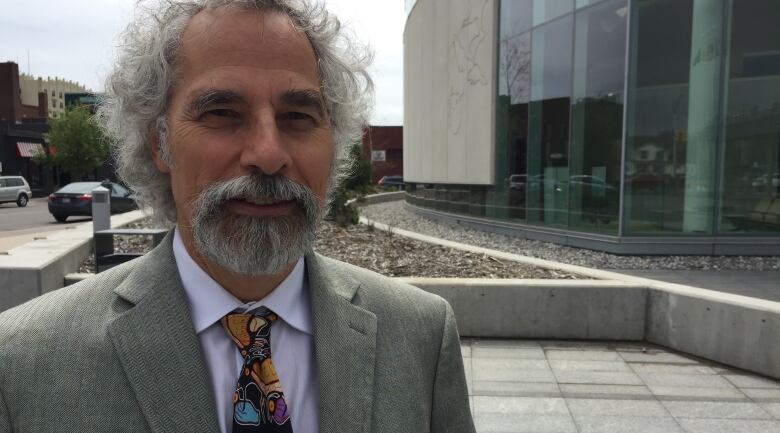Homicide ruling recommended in death of First Nations student in Thunder Bay
Robyn Harper, 18, was found dead on the floor of her boarding home in 2007

One night of drinking should not have resulted in the death of an 18-year-old from Keewaywin First Nation, according to her family's lawyer who says her death should be ruled a homicide.
Robyn Harper wasin Thunder Bay, Ont.,to attend high school in 2007, when she passed out and died on the floor of her boarding home after a night of binge drinking.
Her death, along with six other First Nations students from remote communities, is the subject of a a coroner's inquest that began in October 2015.
- Five compelling moments from First Nations student deaths inquest in Thunder Bay
- Deepwater: An indepth feature about the lives and deaths First Nations students in Thunder Bay
"This was no accident, this was homicide," Jonathan Rudin said on Tuesday. "Alcohol poisoning doesn't have to be fatal, if you're taken to the hospital in enough time."
Rudin is co-counsel forthe families of six of the studentsand is among the many lawyers making submissions this weekto the jurorsat the inquest abouthow they should rule on each of the deaths.

Rudin, however, did not shy away from it,naming the boarding home parent and the support workers who drove the severelyintoxicated student home on the night of her death, along with the agency that employed them and runs the First Nations high school in Thunder Bay.
"We hold Northern NishnawbeEducation Council (NNEC) responsible for what happened to Robyn," he said. "There's no question NNEC is trying its best, and there's not a lot of money, but they did have services they held out to be capable and competent and they were neither."
The lawyer for NNECcountered Rudin's argument in his submissions to the jury on Thursday.
Alcohol poisoning resulted in Harper's death not "being left at her boarding home on the floor," Etienne Esquega said.
"My client is remorseful for this and have changed their policies," he said. "But if anyone is responsible for the homicide it's the runner who bought these kids large quantities of alcohol."
Jurors heard that a man bought seven underage students two large bottles of hard liquor as well as vodka coolers and beers that the group consumed in about an hour.
'No evidence' of suicide
Jurors have five choices when it comes to issuing their verdict on the method by which each student died suicide, homicide, natural causes, accidental or undetermined.
Rudintold the jury that all thedeaths, aside from Harper's, should be ruled as undetermined. Esquega agreed with that assessment.
"There is no evidence at all that suggests suicide is a possible verdict," Rudinsaid.
Paul Panacheese was 21 years old when he died in 2006 on the floorof his mother's home.Rudintold jurors apathologist deemed there is "no anatomical cause" for Paul's deathand thus jurors "just don't have enough information to rule on what happened."
The family of Curran Strang, 18, whose body was found in the McIntyre River in 2005, is not represented at the inquest, but Rudinsaid his death is similar to the other four boys who drowned. They are:
- Jethro Anderson, 15, whose body was found in the Kaministiquia River in 2000
- Reggie Bushie, 15, whose body was found in the McIntyre River in 2007
- Kyle Morriseau, 17, whose body was found in the McIntyre River in 2009
- Jordan Wabasse, 15, whose body was found in the Kaministiquia River in 2011
There has been no evidence at the inquest about how any of the boys got into the water.
"The idea that these young men were pushed or thrown in the river is not speculative," Rudin said. "This has happened to a student in Thunder Bay in circumstances strikingly familiar to these young men."
Rudin referred to oneof the last pieces of evidence at the inquestan agreed statement of facts outlining the testimony of a former First Nations student who recounted his experience of being thrown into a river by a group of young men in 2008.
- ReadDeepwater,an indepth feature about the lives and deaths of First Nations students in Thunder Bay.
- Watch live streamingvideo from the First Nation student deaths inquest here.
- Follow CBC Thunder Bay reporter Jody Porteras she tweets from the inquest.












_(720p).jpg)


 OFFICIAL HD MUSIC VIDEO.jpg)
.jpg)



























































































